From the sinking city of Venice to the mass bleaching of Australia’s Great Barrier Reef, climate change is radically impacting some of the world’s most cherished heritage sites that have earned a prestigious spot on UNESCO’s World Heritage list.
If world temperatures continue to rise, and we don’t take significant steps to counter human-induced climate change, many of these landmarks may lose some of their outstanding values or disappear altogether.
In a new joint report, compiled by UNESCO, the United Nations Environment Program, and the Union of Concerned Scientists, 31 iconic sites in 29 different countries are on their precipice due to the effects of climate change.
According to the report, there is a range of treasured world heritage sites under pressure from climate change; these include:
Yellowstone National Park in the US
The treasured Yellowstone National Park in the Western United States is presenting shorter winters with less snowfall, warmer rivers, dwindling lakes and wetlands, and extended fire seasons.
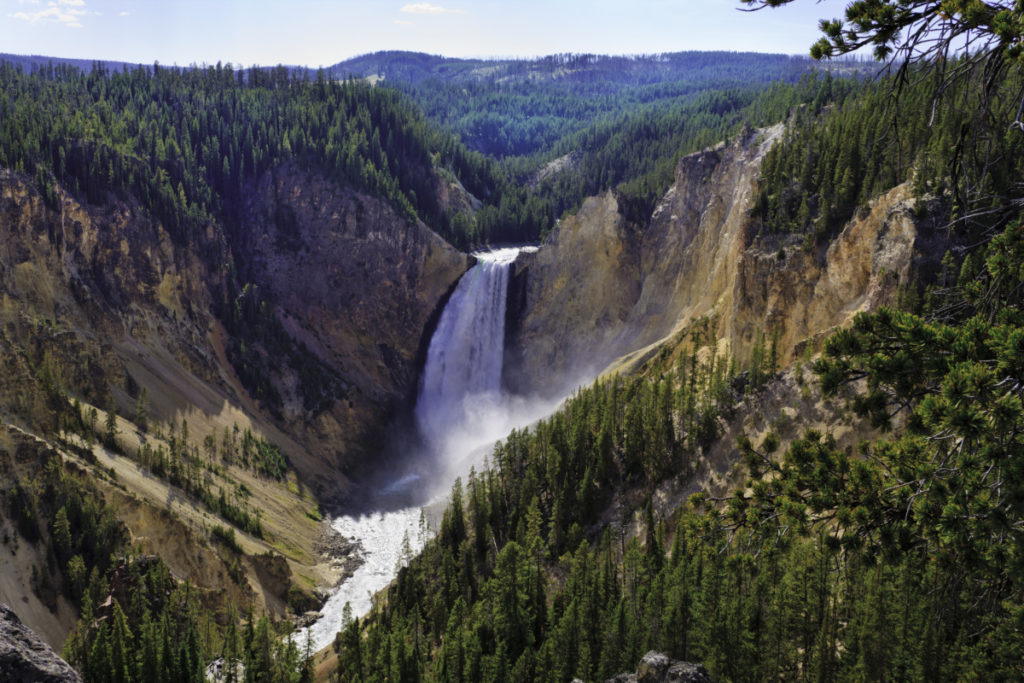
Also read: The biggest fires of 2020
The Great Barrier Reef
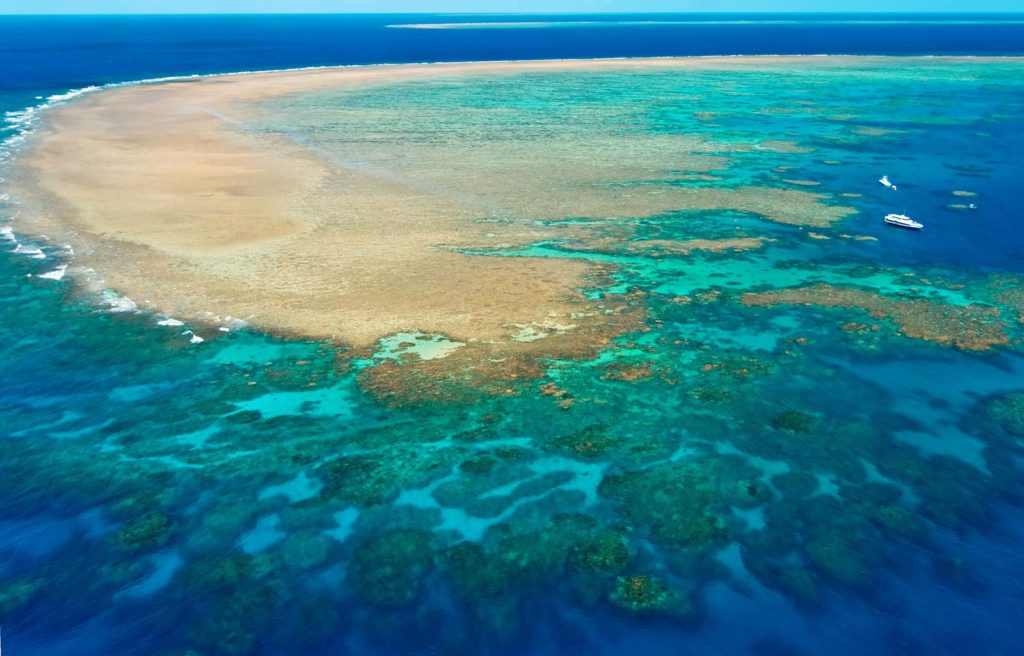
Many of the world’s coral reefs, including Australia’s Great Barrier Reef, have experienced coral bleaching due to warmer water temperatures linked to global climate change.
The Statue of Liberty
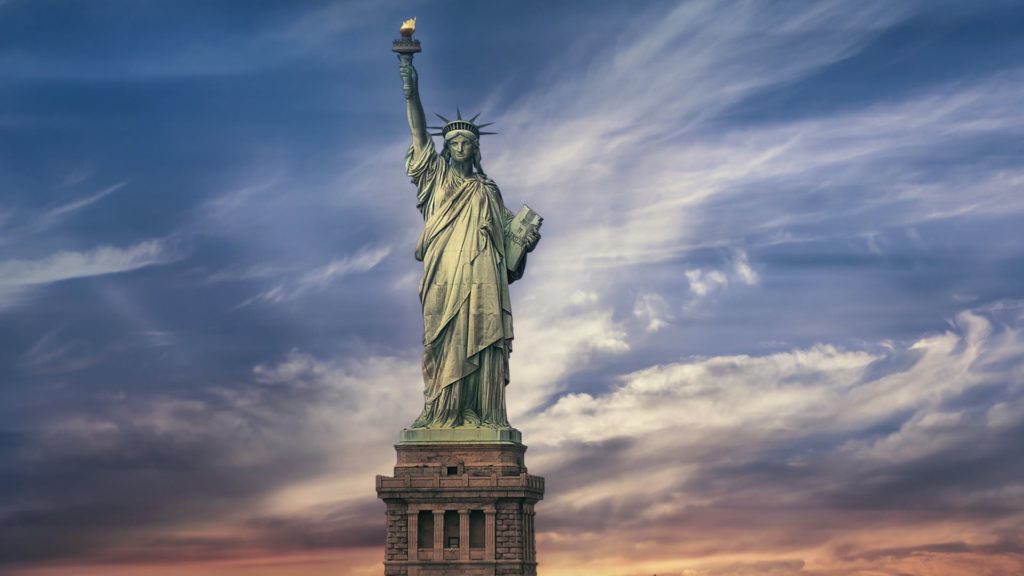
The famed Statue of Liberty in New York is under increasing threat from rising sea levels and amplified intensity of storms and storm surges. In October 2012, flood waters from Hurricane Sandy usurped 75 percent of Liberty Island and while the statue and its pedestal were not destroyed, widespread damage was caused to facilities and infrastructure.
South Africa’s Cape Floral Region
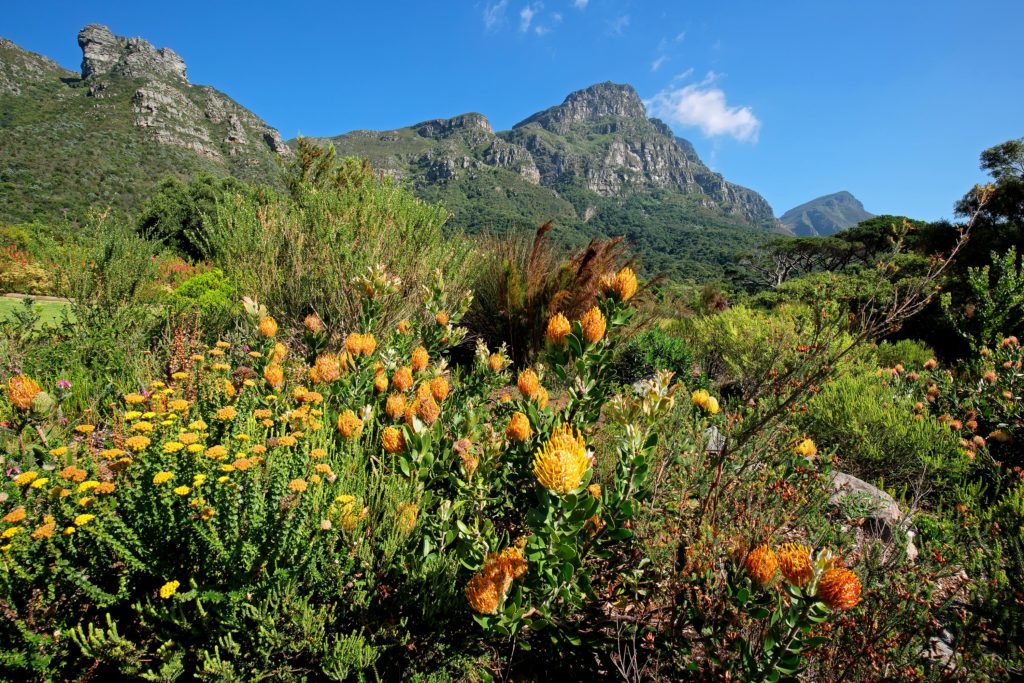
Known for its biodiversity in both fauna and flora, the Cape Floral Region is in grave danger of losing some of its endemic species as the climate becomes warmer, and the surrounding environment, dryer.
Shiretoko National Park
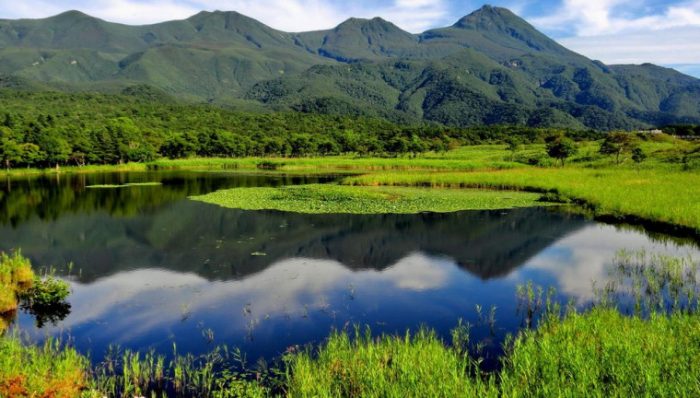
The sea ice that is essential to wildlife in Japan’s Shiretoko National Park is diminishing in response to rising temperatures.
These sites, among over 1000 others, are chosen for a variety of reasons. Some represent excellent engineering and architectural feats like the Pyramids in Egypt. Others, like Huascarán National Park in Peru, are home to exceptional natural splendour, and some are stark reminders of the darker decades in human history, such as the Auschwitz-Birkenau concentration camp. But all of these combined and collected over hundreds of years tell the story of humanity.
Since the beginning of time, people have connected intrinsically with cultural landscapes, archaeological sites, towns, communities and buildings, and have adopted their values and traditions. This allows for past teachings preservation and provides future generations with a sense of belonging and understanding of their heritage.
So the imminent destruction of these heritage sites at the hands of climate change is cause for global concern. The current generation, in particular, must make the preservation of these sites a priority.
While the World Heritage Coalition monitors each historical site, the onus is on each country to maintain and preserve their sites, which includes adaptation and planning for climate change.
The protection of heritage sites is globally recognised through respected organisations such as UNESCO and its 1972 Convention, which provide an authoritative framework to monitor and manage the properties and landmarks on the World Heritage List.
Feature Image credit: Pinterest.com
- Britain Set to Release the First Approved COVID-19 Vaccine in Coming Weeks - 6th December 2020
- 11 Most Cinematic Couples to Ever Grace the Silver Screen - 18th November 2020
- Iconic Brands That Have Prospered for Over 100 Years - 16th November 2020


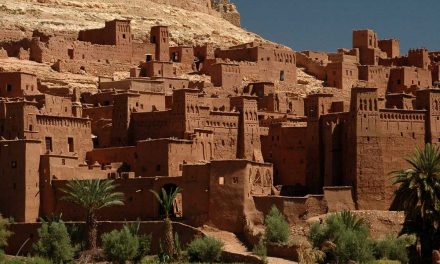

![[Re]thinking Climate Change](https://trulybelong.com/wp-content/uploads/2018/02/rethinkingO-440x264.jpg)

